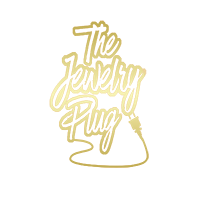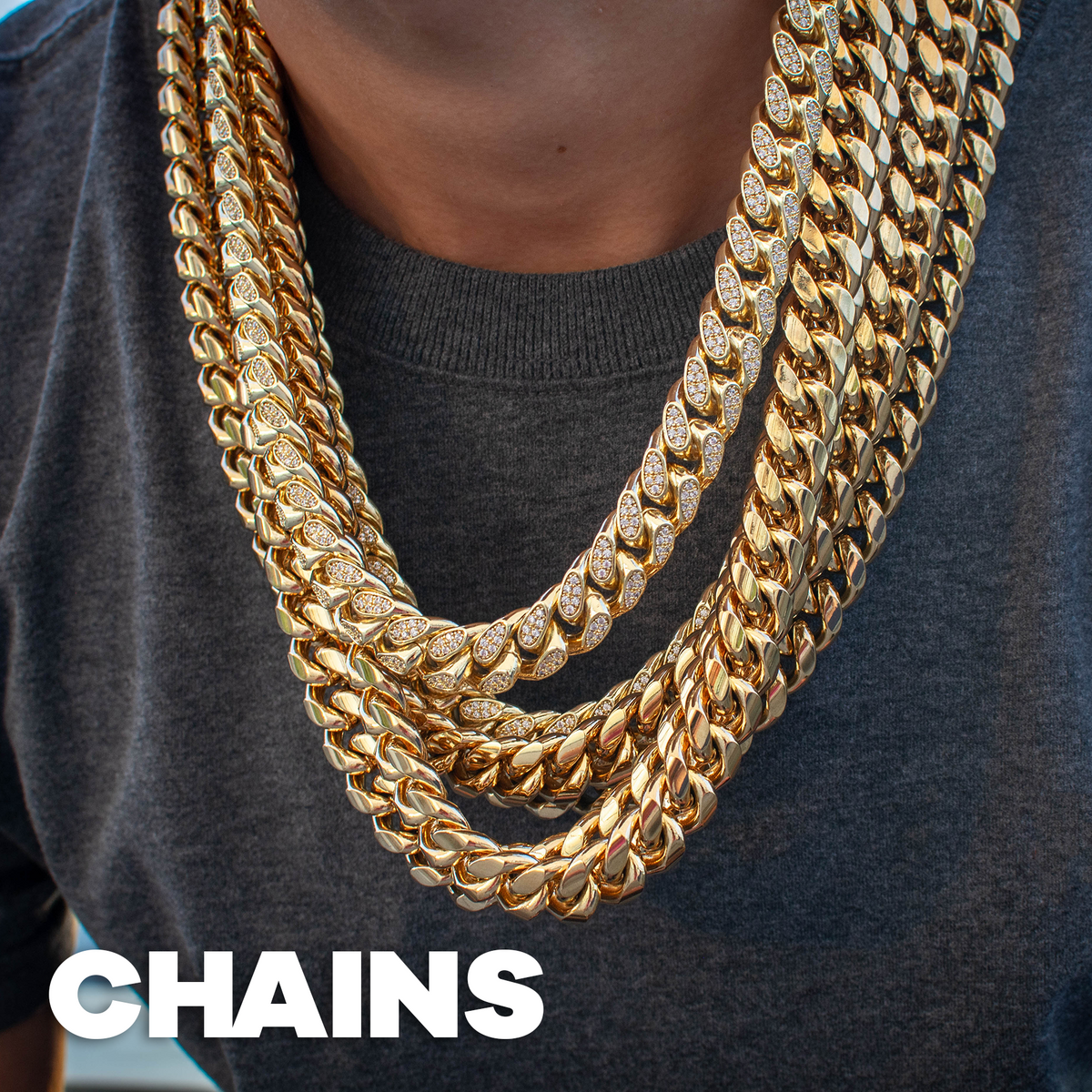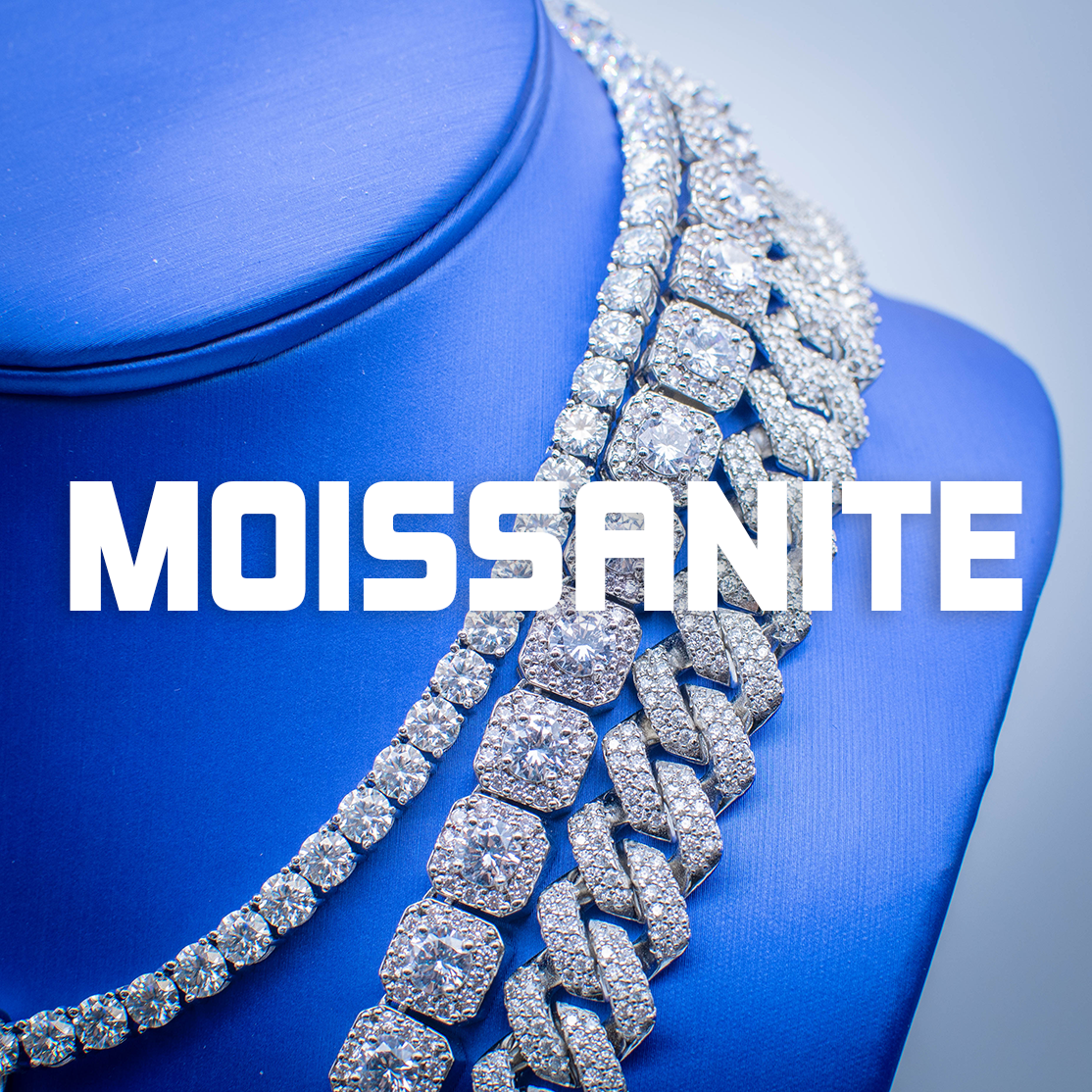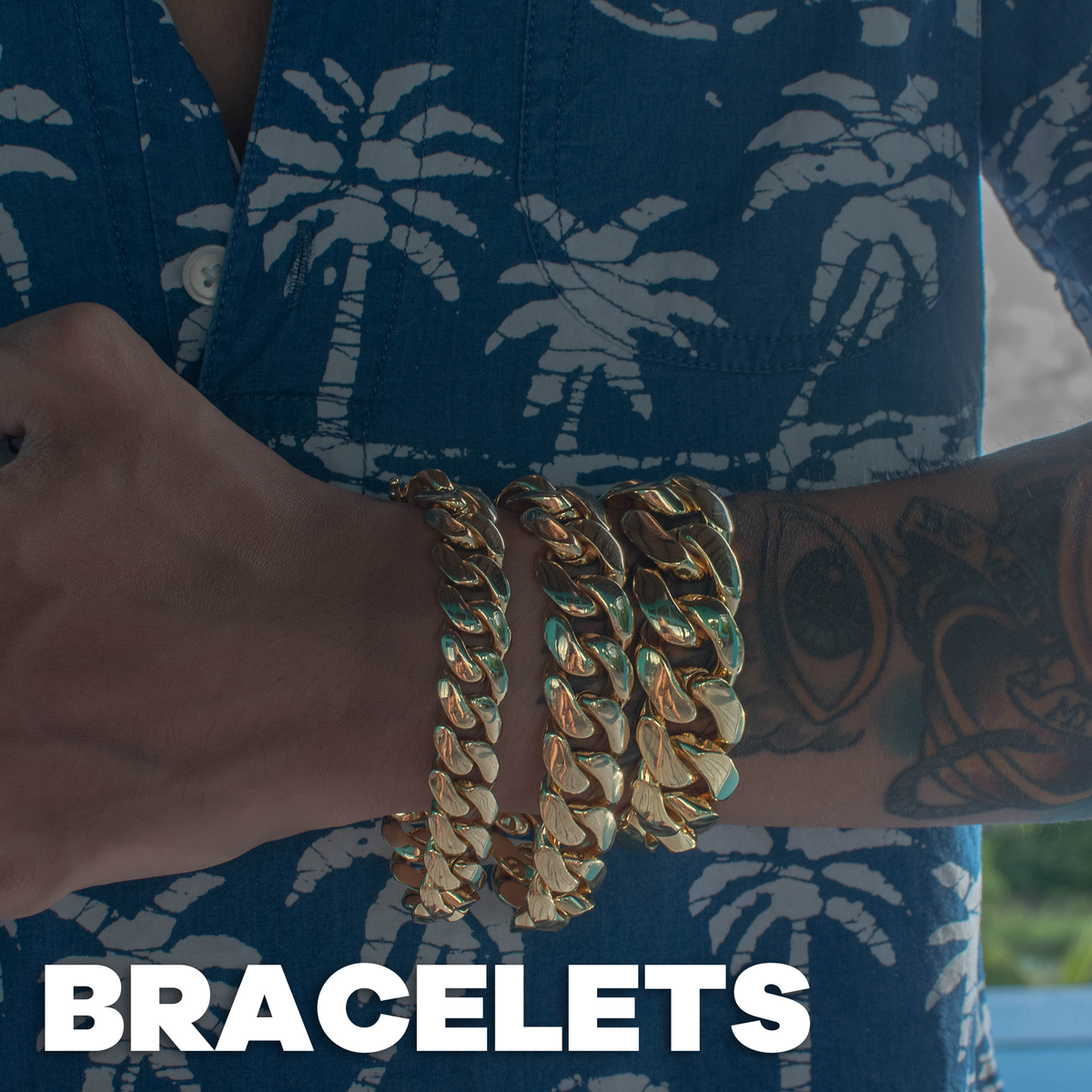
Moissanite is gaining popularity as an affordable and dazzling alternative to traditional diamonds in the world of jewelry. However, like any gemstone, moissanite has its own set of characteristics and potential issues that buyers should be aware of. Let's delve into some common concerns associated with moissanite to help you make an informed decision when considering it for your jewelry.
Here is a list of downsides we think you should know before purchasing moissanite jewelry.
-
Color Variation in Moissanite: While moissanite is generally considered colorless or near-colorless, some stones may exhibit a slight yellow or greenish tint. This color variation is an essential aspect to consider when selecting moissanite jewelry.
-
Brilliance Overload in Moissanite: Moissanite's higher refractive index often results in more fire and brilliance than traditional diamonds. While many appreciate this feature, some may find it too flashy or sparkly. Understanding your preference for brilliance is crucial when choosing moissanite.
-
Durability of Moissanite: Moissanite is known for its hardness, but it can be more brittle than diamonds. While resistant to scratches, it may be more prone to chipping or breaking upon impact. Considering the intended use and potential wear and tear is essential when evaluating moissanite durability.
-
Double Refraction in Moissanite: Moissanite's higher degree of double refraction can cause a doubling effect, where facets may appear slightly blurred or duplicated under certain lighting conditions. This optical characteristic should be considered based on personal preferences for gemstone aesthetics.
-
Heat Sensitivity of Moissanite: Moissanite can be sensitive to extreme heat, and while unlikely to be damaged under normal wear, precautions may be necessary during jewelry repair or resizing processes. Understanding and addressing heat sensitivity is crucial for the long-term care of moissanite jewelry.
-
Ethical Considerations in Moissanite Production: While moissanite itself is not associated with ethical concerns, the manufacturing process may involve high-temperature methods, prompting some buyers to consider the environmental impact. Buyers with ethical considerations should research the production process of the moissanite they choose.
-
Cost and Value of Moissanite: Moissanite is generally more affordable than diamonds, making it an attractive option for budget-conscious buyers. However, perceptions of value may vary, and some may appreciate moissanite for its unique qualities.
-
Size Perception in Moissanite: Due to its different density than diamonds, moissanite stones of the same carat weight may appear slightly larger. This unique characteristic can be an advantage for those seeking a larger-looking gemstone.
When considering moissanite for an engagement ring or other jewelry, thorough research and consultation with a reputable jeweler specializing in moissanite are recommended. Understanding these aspects will empower you to make an informed decision that aligns with your preferences and priorities.
FINAL VERDICT:
In the end, choosing moissanite jewelry comes down to personal preferences, budget constraints, and lifestyle considerations. For those who prioritize affordability, brilliance, and ethical sourcing, moissanite can be an excellent option. However, buyers should weigh the potential drawbacks, such as color variation and durability concerns, to make an informed decision that aligns with their unique preferences and values. Consulting with a knowledgeable jeweler can further aid in navigating the choices and finding the perfect moissanite piece.




0 comments